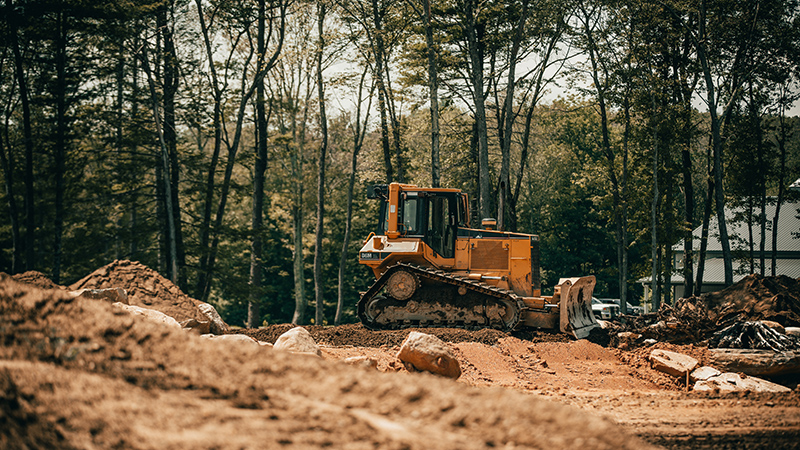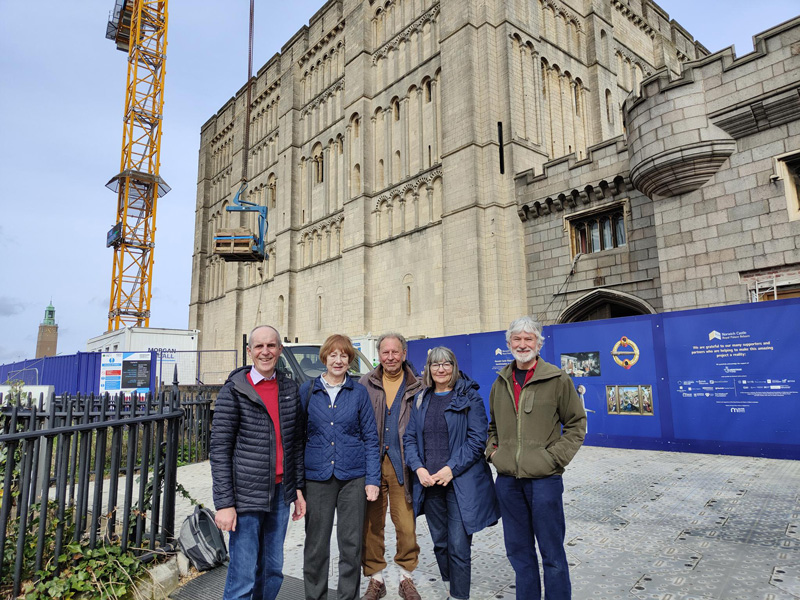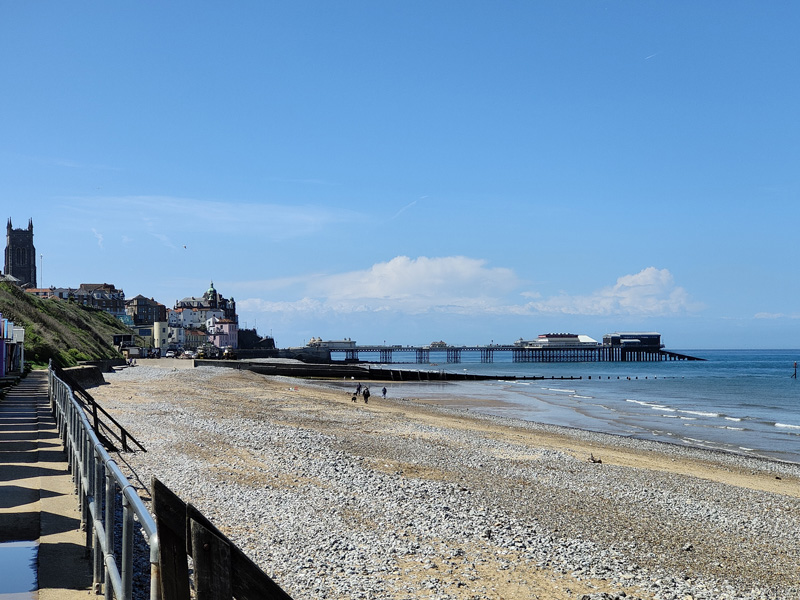
How Developers Can Protect Wildlife When Building New Homes
New construction can have a massive impact on local wildlife and the environment. Developers are coming under increasing pressure from local authorities and communities to build homes more sustainably.
There are many ways that housing developments can be designed and built to be more sympathetic to their surroundings and help protect local species. Here are just a few things that housing developers can do.
If you are thinking about buying a new build home, check to see if the housing developer has built their properties with wildlife and the environment in mind.
By Conducting Environmental Surveys And Assessments
There are several pieces of legislation that help to protect wildlife and the local ecology around building sites. Many local councils will require environmental assessments and ecology surveys to be conducted before granting planning permission.
The Wildlife and Countryside Act of 1981 has a list of protected species that can be found all over the United Kingdom, particularly in rural areas and on the outskirts of towns and villages. The creep of urban development keeps moving into these areas, forcing developers to pay greater attention to the concerns of the wildlife around them. Even small-scale developments, such as adding an extension to a house, will often need ecology surveys and assessments to pass the planning permission stage of the build.
Whether a new estate of dozens of houses is being built, or a small ground floor extension is getting added to an existing home, an ecology survey should be a part of your planning application. The team of expert ecologists at ecologysurveys.uk have over 15 years of experience in assessing development sites. They work with developers and builders to create a plan that satisfies the concerns of local authorities and build homes in a way that is sympathetic to the local environment.
Through legislation, local enforcement, and the help of wildlife experts, any construction site and the houses they build can protect wildlife and even encourage its growth. Developments that make spaces for the existing wildlife to co-exist with housing often help to increase the number of species in the area.
By Building With Sustainable Materials
Construction sites generate a lot of carbon dioxide emissions and often use materials that are not recyclable, and do not come from sustainable sources. In order to meet the climate goals for the United Kingdom, and for the world, modern construction needs to start building homes using less carbon-intense materials that come from renewable sources.
Green concrete is one solution. Concrete is one of the world’s most popular construction materials and is often used both in the foundations and groundwork of a building site as well as in the building itself. There are now modern materials made from recycled products that are less energy-intensive to produce and are also cheaper and more durable.
Bricks are becoming more sustainable too, with recycled glass and hempcrete bricks being used to build the latest, eco-friendly homes. The methods of distribution are also getting greener, with heavy-duty electric trucks slowly being introduced.
These use battery power to get goods from warehouses to construction sites instead of burning diesel fuels. This can drastically reduce the impact a building site and new home construction has on the local and global environment and its wildlife.
By Choosing Better Sites For Development
There are many different types of land that are suitable for housing development, but many developers will often choose greenfield sites for new build homes. These will come with more attractive views for potential buyers, as well as at a lower overall cost.
If developers switch to brownfield sites, which are previously developed land that is no longer in use, they can regenerate a neglected site and reduce their impact on wildlife and the environment. With proper planning and the help of ecological experts, new developments can actually help local wildlife to thrive alongside the new houses.
Regenerating land is more expensive than building on a fresh site but comes with greater long-term environmental benefits. Local and national governments will hopefully take steps to incentivise the re-development of brownfield sites for new housing. This would have a significant positive impact on the wildlife across the country and protect the British countryside from overdevelopment.
By Offsetting Their Carbon Footprint
Not all wildlife is local. The carbon footprint of new construction is huge, and the development of new housing in the United Kingdom can not only affect wildlife here but across the rest of the world. One simple way for land developers to become more environmentally responsible is to use carbon offsetting to help reduce the size of their carbon footprint.
There are many schemes available to developers, both through the government and with private companies, that can help them to make carbon-positive contributions to the environment to compensate for the emissions created by a construction site. These can include planting trees elsewhere in the country, or funding recycling and energy-saving initiatives.
Sustainable living and property development are popular with local people and authorities. These efforts not only help to protect the environment and wildlife for future generations to enjoy, but they also act as positive public relations in the community.
By Designing And Building Energy Efficient Homes
The biggest positive impact housing developers can have on the environment and local wildlife is by building energy-efficient homes. By designing and building properties that are well-insulated and use the latest technologies to reduce power consumption, developers can make a significant positive change to the areas surrounding them.
Solar panels are a popular addition to modern homes, the best solar panels and solar roofs integrated into modern homes help to reduce power consumption. The streetlights of a modern housing development present an opportunity for energy efficiency too. Switching to LED lighting that is lower in power yet produces more light can help lower the impact of a new build estate on the environment, especially when powered by on-site solar power generation. These are just a few ways a modern housing development can be designed more sustainably and be energy efficient.
Homes for the future need to be built in a way that protects wildlife and the environment. As urban space creeps out into the countryside it becomes even more important for housing developers to build homes that are sustainable and help local wildlife to thrive.








